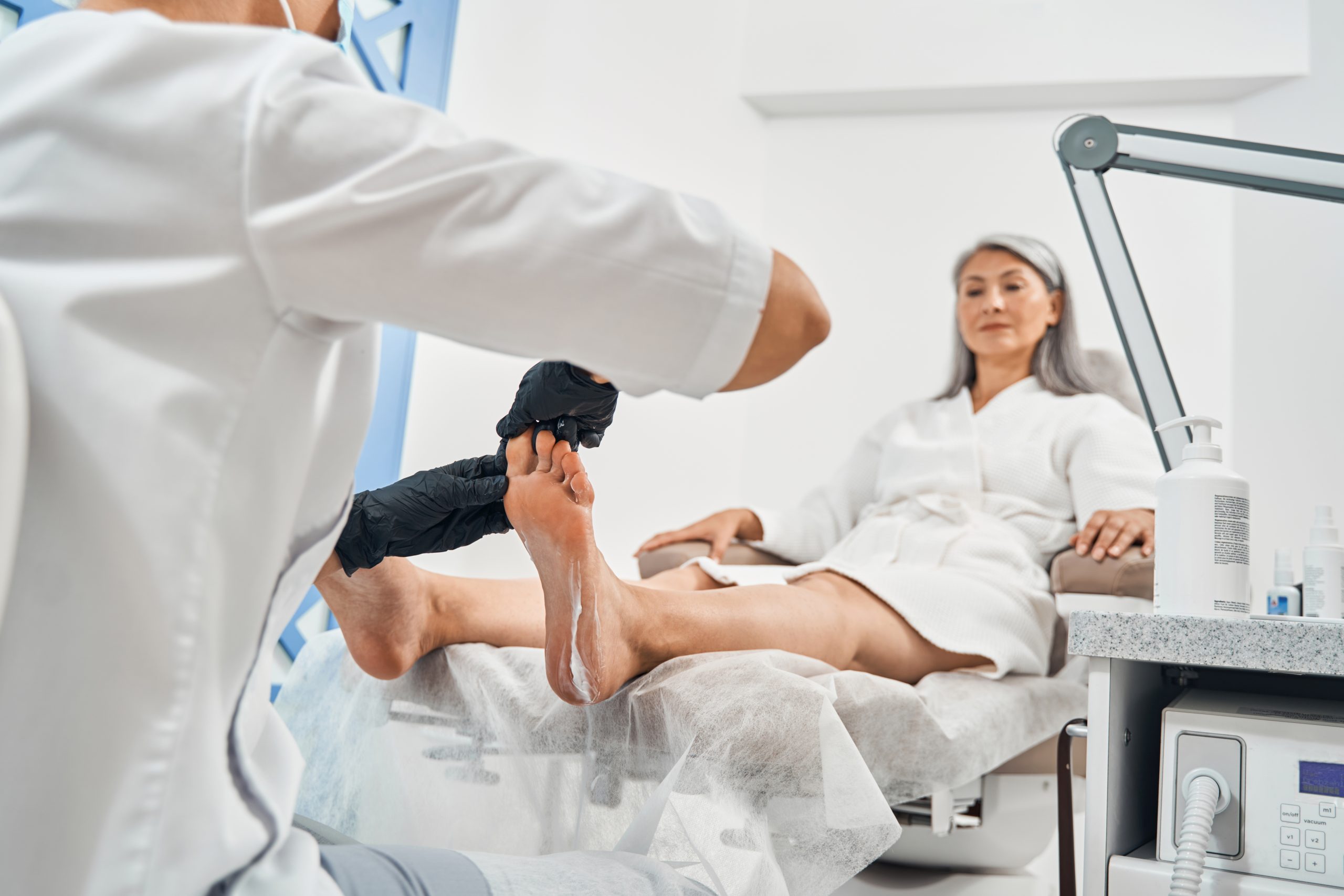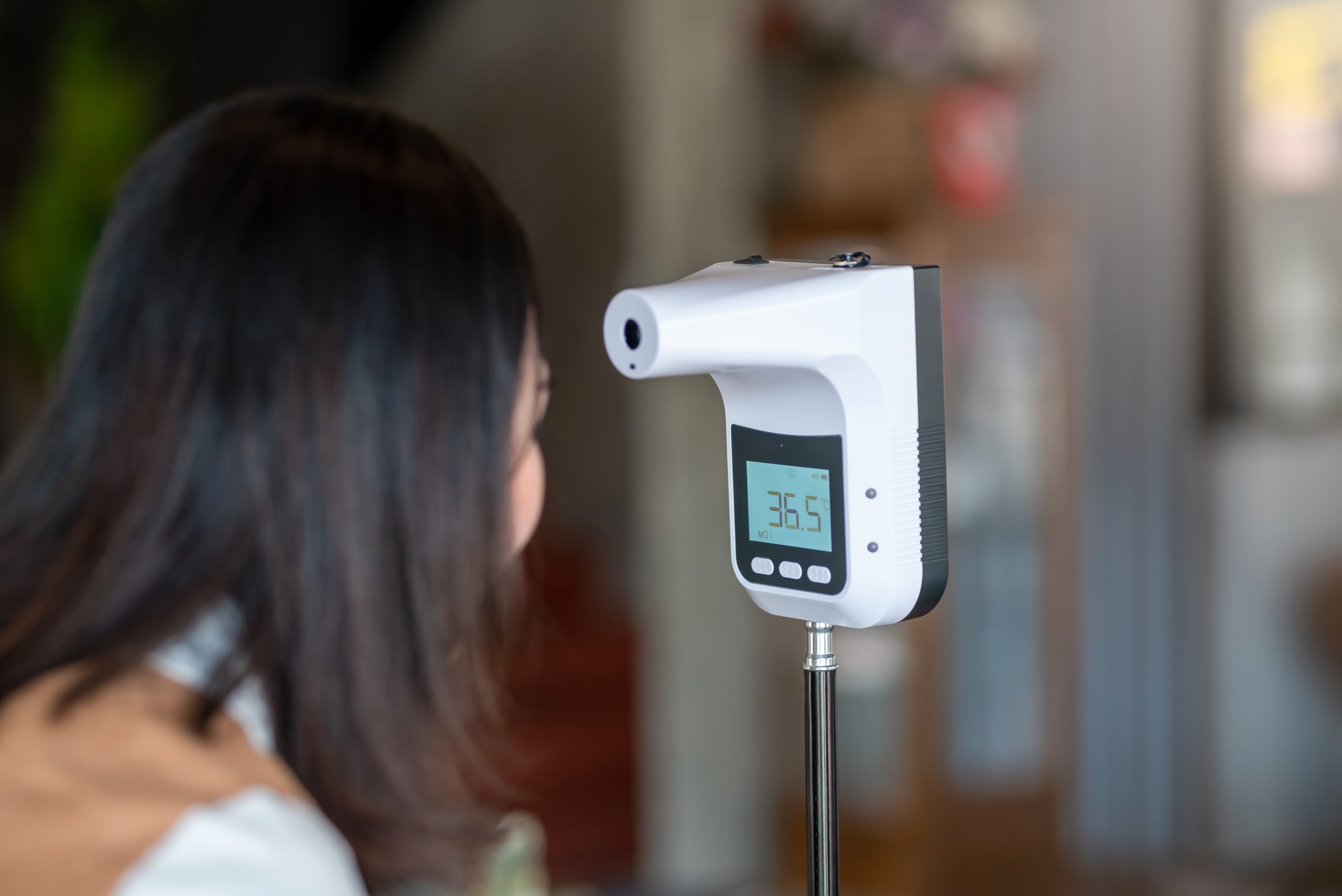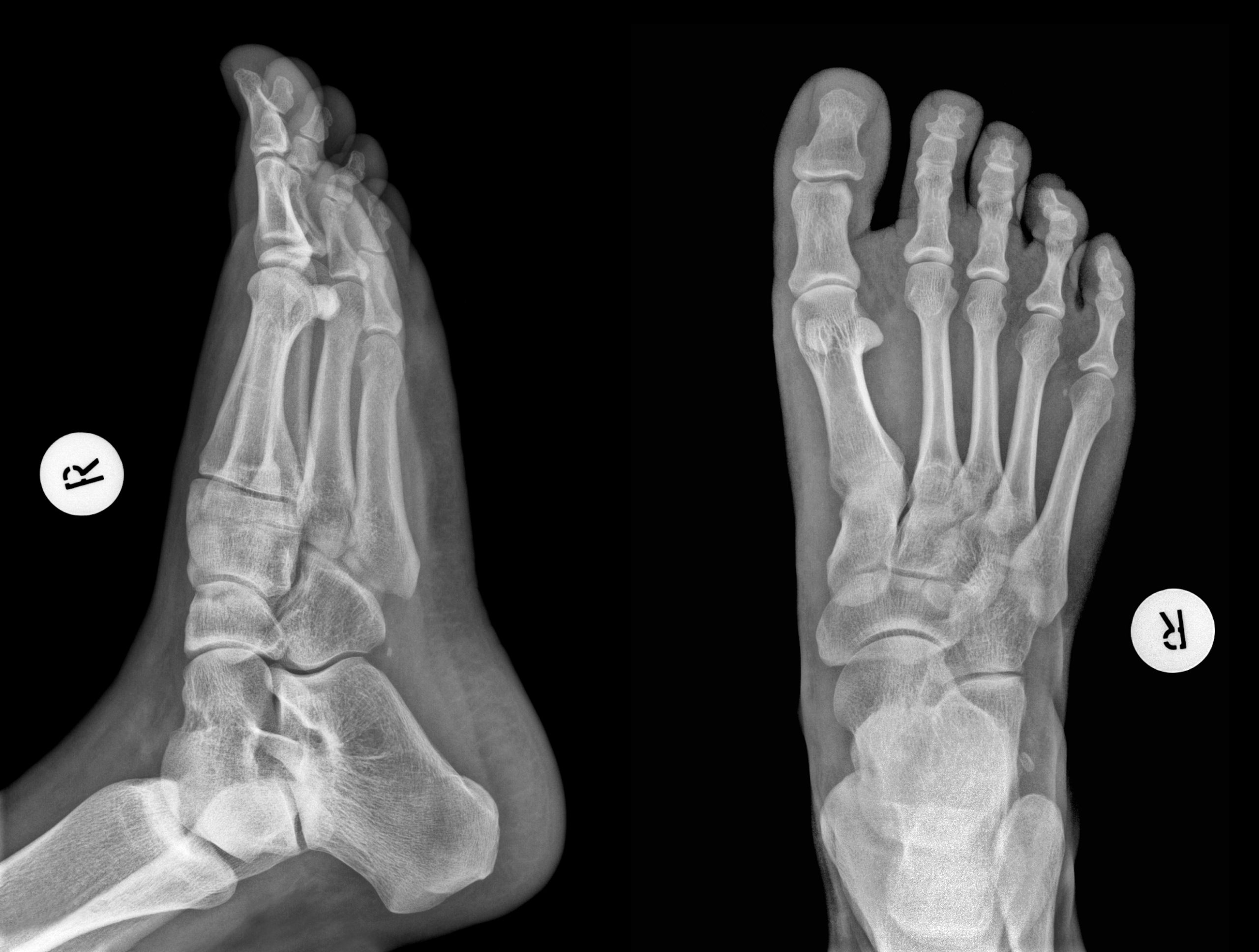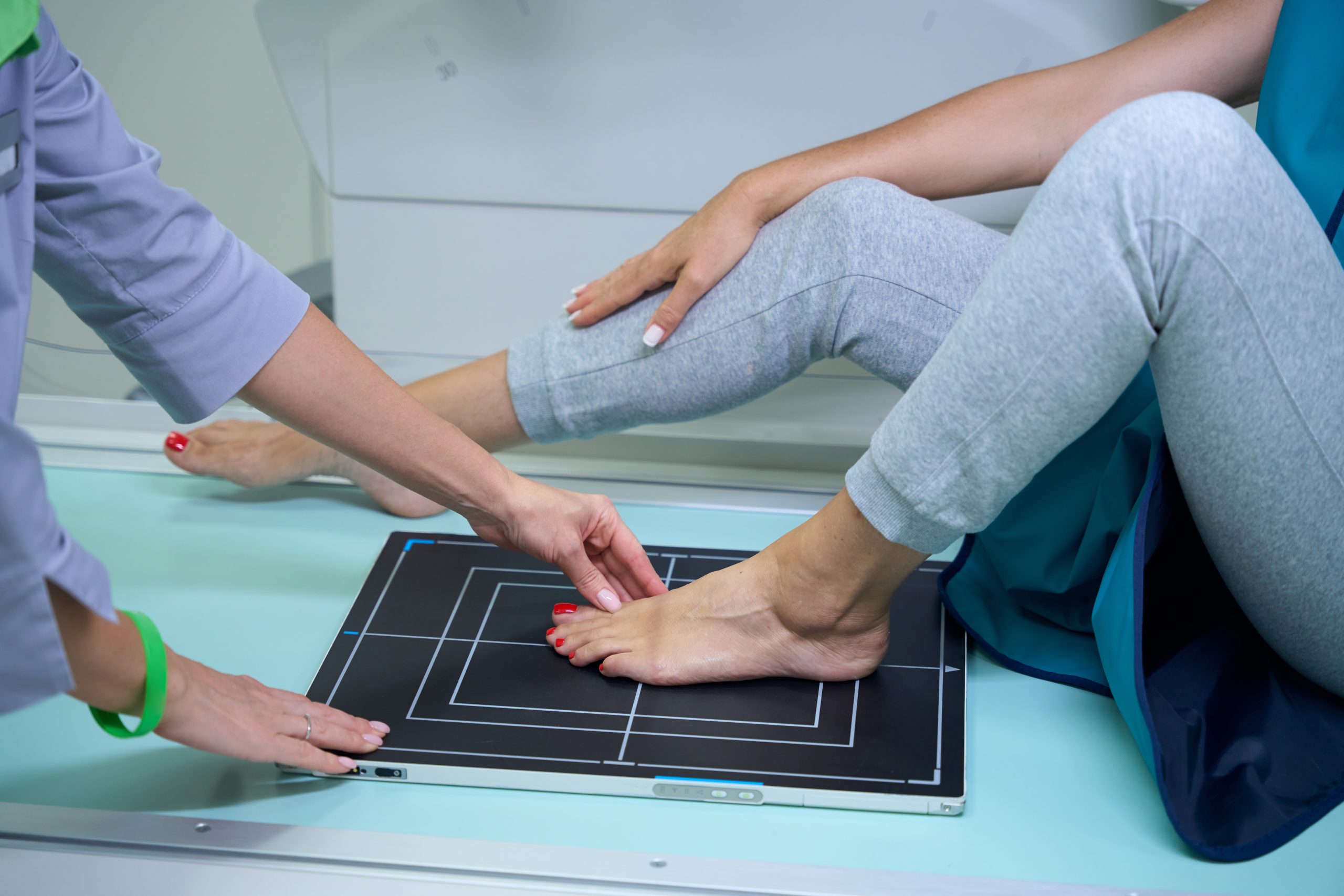Neuropathy Diagnostic Services
Neuropathy
Neuropathy Diagnostic Services
Diagnosing neuropathy with precision is crucial for effective management and treatment. In clinical practice, a combination of specialized techniques including a 16-point neurological evaluation, thermal imaging, and X-rays are employed to accurately assess the condition and its underlying causes. This article explores each diagnostic method and its role in identifying neuropathy.

16-Point Neurological Evaluation
The cornerstone of neuropathy diagnosis is the 16-point neurological evaluation. This comprehensive examination focuses on various aspects of nerve function and health. Medical professionals assess sensory nerve function by testing responses to stimuli such as tough, temperature, and pain. Motor skills are evaluated by observing muscle strength and coordination, while reflex tests help gauge the involuntary nervous system’s response. This evaluation is critical as it helps identify specific nerves that are affected, determines the severity of the neuropathy, and aids in distinguishing it from other neurological conditions.
Thermal Imaging for Assessing Circulation
Thermal imaging is another pivotal tool in the diagnosis of neuropathy. This technique uses infrared cameras to detect heat patterns on the skin’s surface, which can indicate abnormalities in blood flow. Since neuropathy often involves poor circulation, particularly in extremities like the feet and hands, thermal imaging provides essential insights into how circulatory issues may be contributing to nerve damage. It is non-invasive and can pinpoint areas of reduced or altered blood supply that traditional imaging tests might miss.


Utilization of X-Rays
X-rays are commonly used to rule out other causes of symptoms that might mimic neuropathy, such as bone fractures, joint dislocations, or other structural anomalies. By providing a clear image of the bones and joints, X-rays help clinicians ensure that neuropathic pain isn’t due to underlying skeletal problems. This is particularly important in cases where patients experience severe or localized pain, as it assists in confirming the diagnosis is truly related to nerve damage rather than other orthopedic issues.
Integrating Diagnostic Tools
The integration of these diagnostic tools provides a holistic view of a patient’s neuropathic condition. The 16-point neurological evaluation gives a detailed picture of nerve functionality, thermal imaging reveals circulation health, and X-rays uncover any potential structural interferences with nerve pathways. Together, these diagnostics allow healthcare providers to develop a comprehensive understanding of the neuropathy’s severity and origins, which is essential for crafting an effective treatment plan.
The diagnosis of neuropathy in a clinical setting is a sophisticated process that relies on a variety of diagnostic tools. Each method—from the detailed neurological evaluation and innovative thermal imaging to the foundational use of X-rays—plays a vital role in forming a complete picture of a patient’s neuropathic condition. By meticulously combining these approaches, healthcare professionals can ensure a thorough assessment, leading to more accurate diagnoses and tailored treatments. Understanding how these tools are used can also help patients engage more actively with their healthcare providers, contributing to better management of their condition.

Testimonials
